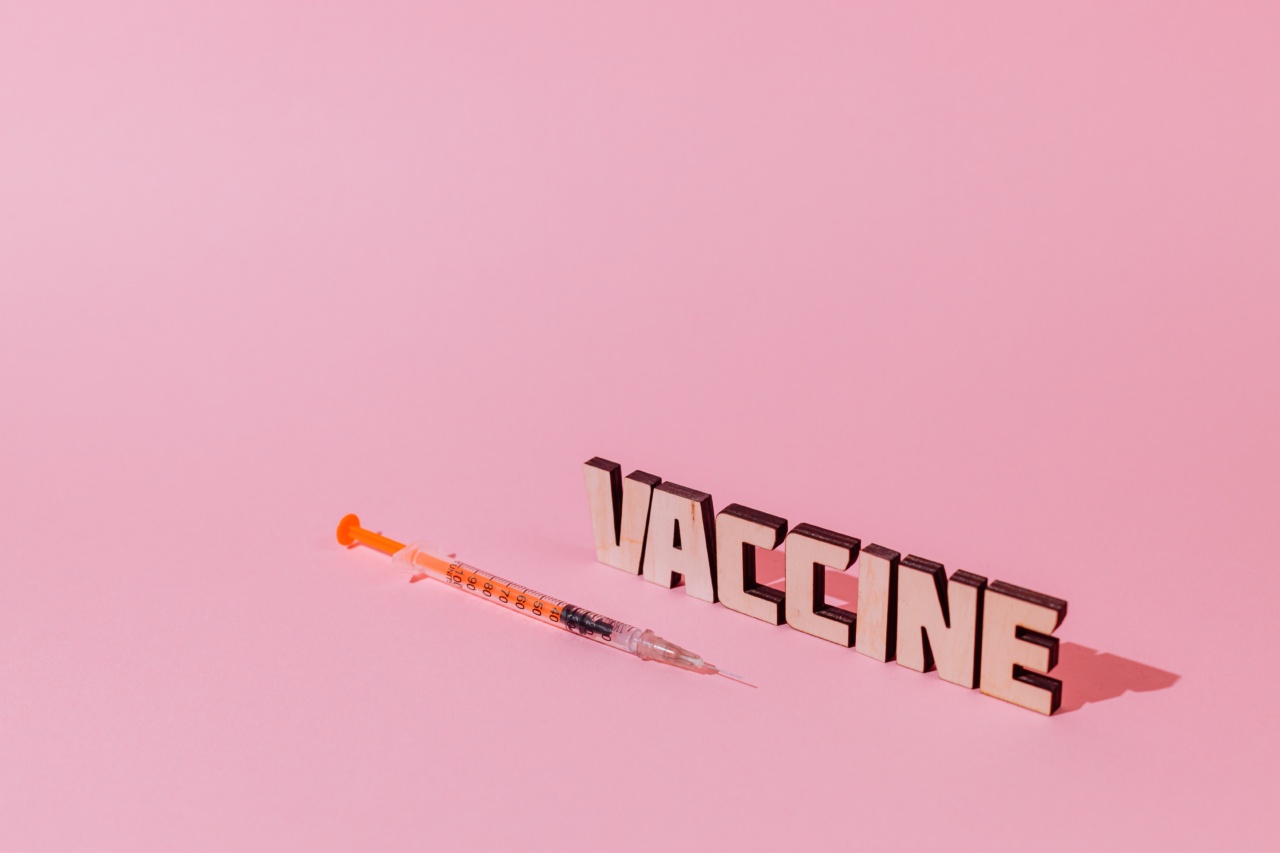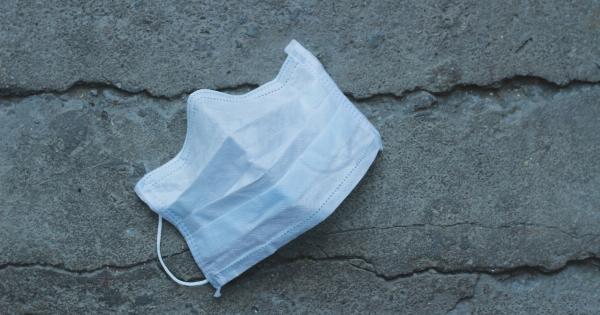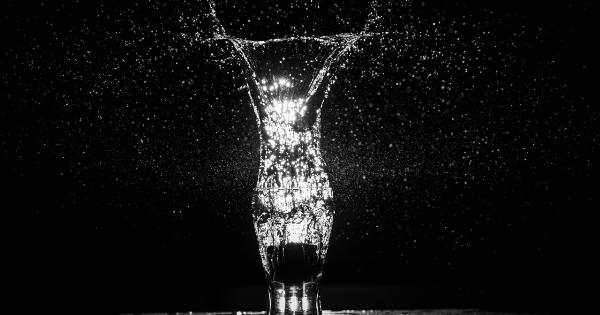Urinary tract stones, also known as renal calculi, are solid masses formed in the kidney or the urinary tract. These stones can be made of different materials and can vary in size.
They can cause pain, discomfort, and, in severe cases, block the urinary tract and lead to complications such as kidney damage or infections. Here are the types of urinary tract stones and prevention strategies:.
Types of Urinary Tract Stones
Calcium Stones
The majority of urinary tract stones are made of calcium, especially calcium oxalate, which forms when the concentration of calcium and oxalate in urine is high. Calcium phosphate stones are less common and usually form when urine is alkaline.
Calcium stones can range from tiny grains to large golf-ball-sized stones. They can be found in the kidney, ureters, bladder, or urethra.
Uric Acid Stones
Uric acid stones form when urine is too acidic and the concentration of uric acid is high. Certain medical conditions such as gout, metabolic syndrome, or chemotherapy can increase the risk of uric acid stone formation.
Uric acid stones can be small and pass through the urinary tract without causing symptoms, or they can be large and cause pain and blockages.
Struvite Stones
Struvite stones, also known as infection stones, are formed when bacteria in the urinary tract produce ammonia, which raises the pH of urine and promotes the formation of crystals.
Struvite stones are more common in women and are often associated with urinary tract infections. They can grow rapidly and cause complications such as kidney damage or sepsis.
Cystine Stones
Cystine stones are rare and form when the body produces too much cystine, an amino acid that is normally filtered by the kidneys and excreted in urine. Cystinuria is a genetic condition that increases the risk of cystine stone formation.
Cystine stones can be large, hard, and difficult to pass. They can recur despite treatment.
Prevention Strategies
Preventing urinary tract stones depends on the type of stone and the underlying causes. The following strategies can help reduce the risk of stone formation and recurrence:.
Drink plenty of water
Drinking enough water helps dilute urine and flush out minerals and crystals before they form stones. The goal is to drink enough water to produce at least 2 liters of urine per day.
Other fluids such as tea, coffee, or soft drinks do not have the same effect as water and may even increase the risk of stone formation.
Reduce salt and animal protein intake
A diet high in salt and animal protein can increase the concentration of calcium in urine and promote stone formation. It is recommended to limit salt intake to less than 2,300 mg per day and to consume moderate amounts of meat, fish, and poultry.
Plant-based proteins such as beans, lentils, or tofu are good alternatives.
Limit oxalate-rich foods
Oxalate is a substance found in some foods that can bind with calcium in urine and form stones. Foods high in oxalate include spinach, rhubarb, almonds, peanuts, black tea, and chocolate.
It is not necessary to avoid these foods completely, but to consume them moderately and with enough water.
Take medication as prescribed
If you have a medical condition that predisposes you to stone formation, such as gout or cystinuria, your doctor may prescribe medication to reduce the risk of stone formation.
It is important to take the medication as prescribed and to follow up with your doctor regularly.
Manage underlying conditions
If you have an underlying condition such as diabetes, obesity, or high blood pressure, managing it can reduce the risk of stone formation.
Lifestyle changes such as regular exercise, a healthy diet, and stress management can help improve overall health and prevent complications.
Monitor urine pH and mineral levels
If you have a history of stone formation or are at high risk, your doctor may recommend monitoring your urine pH and mineral levels through home testing kits or laboratory tests. This can help detect changes early and prevent stone formation.





























